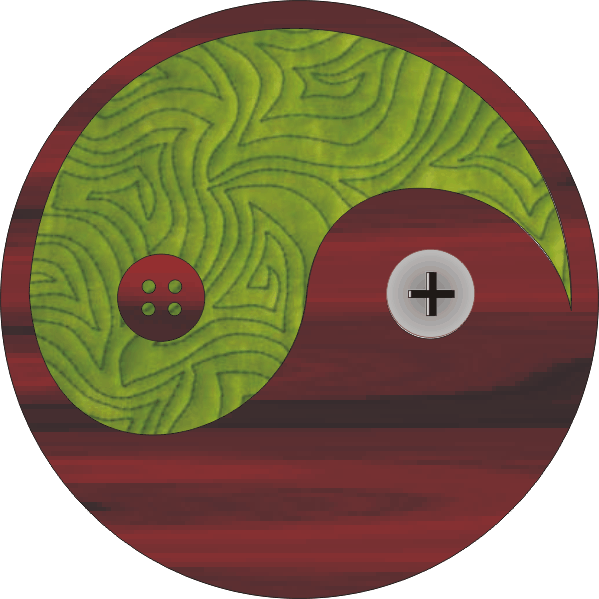Today’s post is written by Stephen Parsons.
As a web application developer around the start of the 21st century, I recall the beginning of the e-commerce era as being one of extremely complex and technical development. I developed and taught e-commerce/ e-marketing programs at Holland College and Nova Scotia Community College from about 1998 through 2003 when the depth of technical knowledge that both developers and business owners needed to implement e-commerce was substantial, often prohibitively so for small craft businesses like ours. As the marketplace for e-marketplaces has expanded, the technical aspects have been (thankfully) pushed back into the realm of application vendor/developers while the strategic decisions have come to the forefront for businesses. It is still a substantial piece of work to understand all the strategic elements, but the technology has become mainstream – as Gartner’s Hype Cycle would suggest – and the costs and level of effort have come into the range of small craft businesses looking to sell their wares online.
Through the late 1990’s and early 2000’s, getting into e-commerce meant either custom development of e-commerce catalogues and shopping carts or purchase of expensive (and often overpowered) bespoke software applications. Integration with web technology was highly complex. Businesses had very few options about payment processing and often had to engage several individual vendors to set up the environment for secure payment acceptance.
Moving forward to current day, the marketplace has become all but saturated with opportunities to sell online with ease. As with so many other productivity applications out there, the hardest decision is to pick the right one(s) that best suit your business need and your style. But if you feel that online sales are something you want to do, then there are a host of alternative solutions.
Basic e-marketing can be done without payment processing. Many opportunities exist from using social media (Facebook or Pinterest for example) to localized markets like Kijiji. These don’t allow for a full e-commerce transaction, but you can always supplement these promotional sites with PayPal payment requests or banking e-transfers.
A Content Management System (CMS) allows you to develop content (pages or posts) on your website. Many of those – like InnovaIT’s implementation of InsiteCreation – allow you to easily create online catalogues and to connect product sales to a PayPal account allowing for both catalogue browsing/ shopping cart functionality and payment processing, including shipping, product options and other previously complex e-commerce configurations.
Dedicated online marketplaces like Shopify and Etsy have become favourites for online craft sales. These services make it easy to sign up and get started selling quickly, taking the complexity of back-end configuration out of your hands so you can focus on marketing and selling.
Payment providers have also expanded their services to include the creation of online stores and catalogues. Remote payment services like PayPal and Square have made the ability to sell – wherever and whenever – increasingly simple. ChezCraft has been using Square’s remote processing application – combined with a tablet or smartphone to enable credit card sales in the field. We are still investigating the opportunities for Square’s online catalogue product.
If you are considering online sales, it is still worthwhile to talk with a specialist, consultant, or your accountant about your needs and to complete a full-scale cost-benefit (return on investment) analysis. Discount rates, sales commissions, annual fees, etc. can be substantial and the ability to reach the right markets is also dependent on a good decision. Feel free to reach out to us for an opinion or input on your options.
Happy sales to you!







Recent Comments